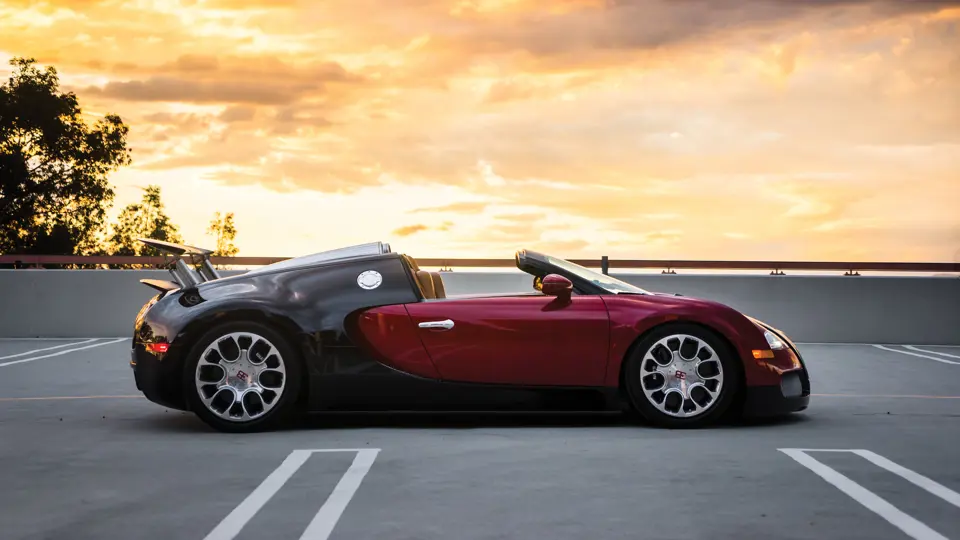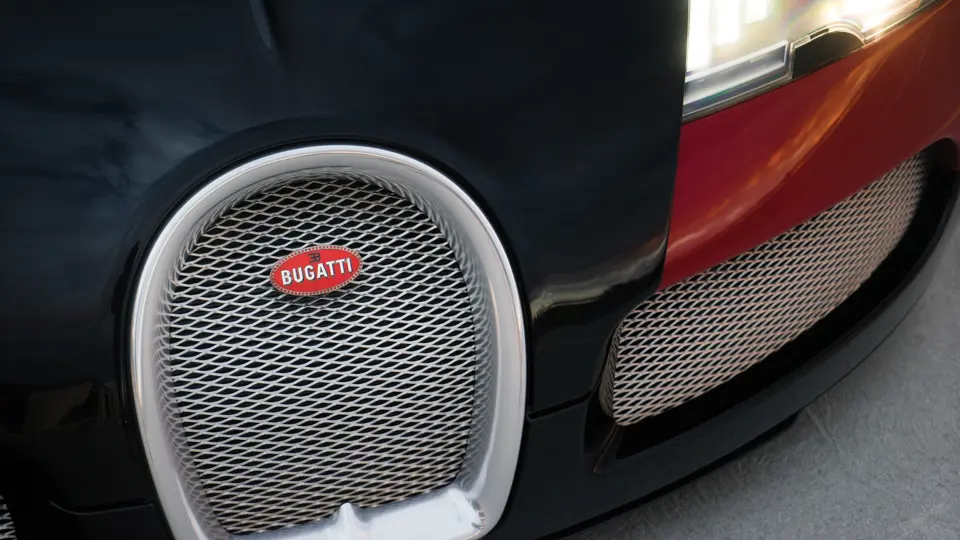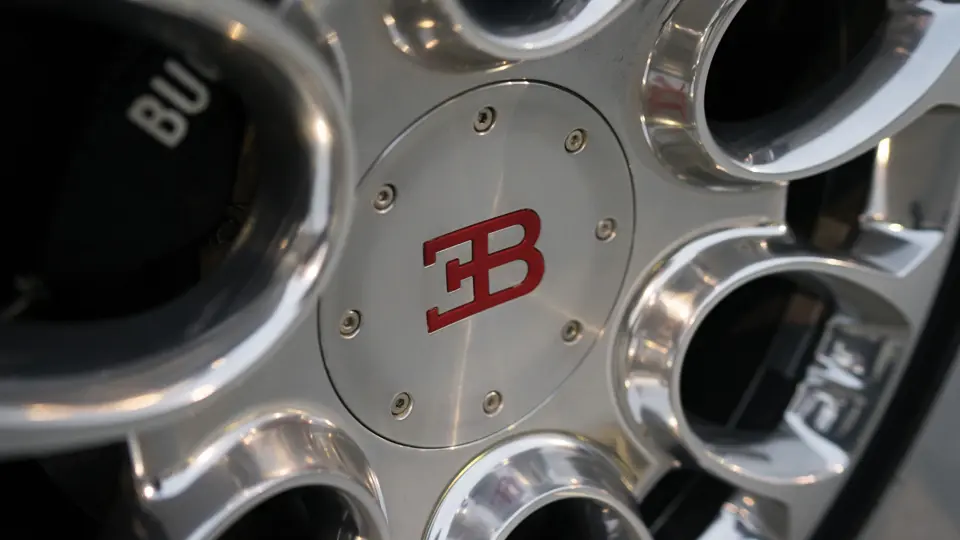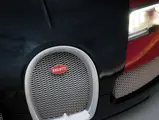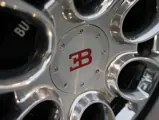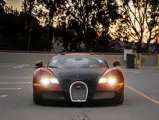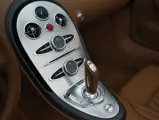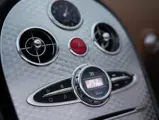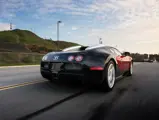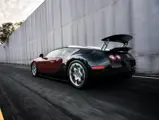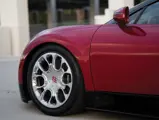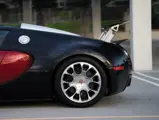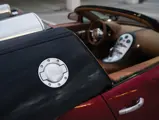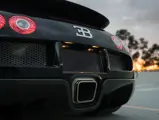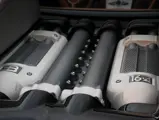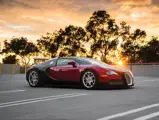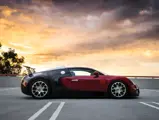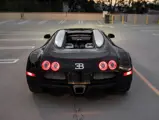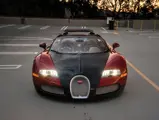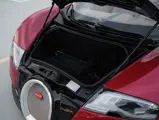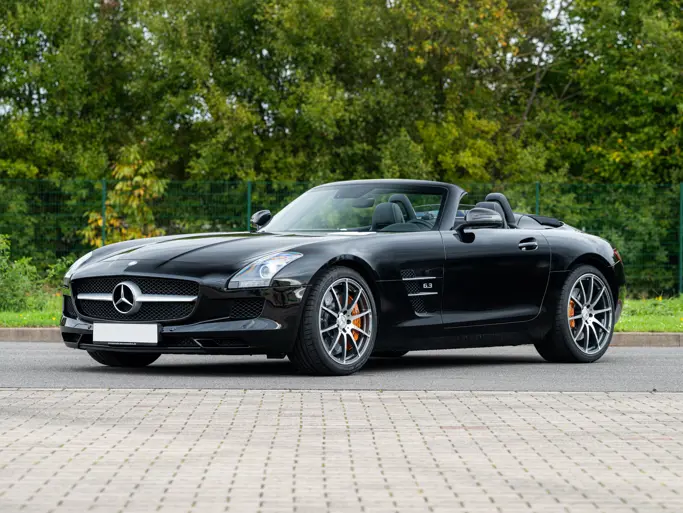
2012 Bugatti Veyron 16.4 Grand Sport
{{lr.item.text}}
$1,650,000 USD | Sold
{{bidding.lot.reserveStatusFormatted}}
- A technological tour de force
- The fastest production convertible at the time
- Documented by Veyron specialist Thomas Böhler
- One of only 11 U.S.-specification Grand Sports
- Annual service, including new tires, performed in July, 2016
- Thoroughly original with only 538 miles
1,001 bhp, 7,993 cc quad-turbocharged and intercooled DOHC 64-valve W-16 engine, seven-speed dual-clutch semi-automatic sequential transmission, front and rear independent double-wishbone suspension, and four-wheel carbon-ceramic disc brakes with rear airbrake. Wheelbase: 106.7 in.
Few cars ever debut and utterly change how a category is defined. The Bugatti Veyron is one of those rare and incredible instances.
In order to best understand the Veyron, however, one must also understand the man who initiated its development. Ferdinand Piech, grandson of Ferdinand Porsche, graduated from ETH Zurich with a degree in mechanical engineering. His thesis focused on the development of Formula 1 engines, which would set the tone for his entire automotive career. Beginning with his efforts at the company his family started, Piech worked on the development of the Porsche 906 race car and the subsequent chassis that led up to the dominant 917 of the late 1960s and early ’70s. In 1972, he made the move over to Audi in Ingolsadt. As the manager of technical engineering, he developed the Audi 80 and 100. The first was the recipient of 1973’s European Car of the Year, while the latter was Audi’s most commercially successful vehicle built to date.
In 1977 Piech directed Audi’s entry into the World Rally Championship. That car would turn out to be the fabled all-wheel-drive quattro. Up until 1988 he remained the Head of Technical development, fortifying Audi’s brand profile through developments like turbocharging, quattro driveline, and lightweight aluminum construction. His time at Audi is defined by his role in bringing the company up to the highest echelons of the German automotive industry alongside Mercedes-Benz and BMW.
In 1993, Peich became Volkswagen AG’s Chairman of the Board of Management. From this position, he engaged in aggressive moves into various markets. He was responsible for bringing Volkswagen and Audi upmarket and acquiring brands like Lamborghini and Bentley. Most importantly, he established the newly reinvigorated Bugatti Automobiles S.A.S.
Ferdinand Peich laid down a grand vision of what a modern Bugatti had to be and set up specific targets for the engineering team. Money was no object when it came to development or production, as he wanted to produce the very pinnacle of Volkswagen Auto Group’s engineering capabilities. It had to be the fastest and most powerful road-going production vehicle on the planet.
Arguably the very first “hyper” car, the Veyron was an assault of staggering numbers: 1,000 horsepower, 253 mph top speed, 0–60 in two-and-a-half seconds. This impressive amount of power could only be produced by an equally impressive power plant: eight liters, 16 cylinders formed in a W configuration, and four turbochargers (hence the 16.4 moniker). The necessity of small packaging resulted in extreme levels of heat, and as such, 10 radiators were employed throughout the car to ensure everything stayed within proper operating temperatures. To control the insane amount of power and make it usable, a Haldex all-wheel-drive system and a dual clutch, direct-shift gearbox were employed.
In standard driving mode, the Veyron’s everyday top speed was limited to a modest 213 mph. In order to tap the additional 40 mph, the car would undergo an incredible transformation. Top speed mode was initiated with the input of the “speed” key next to the driver’s seat. The Veyron then lowered itself to a ride height of just 2.6 inches and retracted the rear wing while also shutting the front air diffusers. In this hyper state, the Veyron became much more aerodynamic with a drag coefficient of just 0.36.
That being said, a car capable of this level of speed was only as good as its ability to stop. As such, massive 15.8-inch front and 15-inch rear cross-drilled, radially ventilated carbon-fiber reinforced silicon-carbide composite discs in conjunction with aluminum six-piston monobloc calipers built by AP Racing were responsible for bringing the vehicle reliably and safely to rest. At speeds above 120 mph, application of the brakes also snapped the rear wing forward into the air-brake position. In total, a maximum deceleration force of 1.3 g is capable on road tires. Almost as impressive as the top speed itself, it only took 10 seconds for the Veyron to go from 250 mph to a complete standstill.
At the 2008 Pebble Beach Concours d’Elegance, Bugatti unveiled the open-top Gran Sport iteration of the Veyron. The vehicle on offer is one such example. Changes over the standard Veyron included extensive reinforcements to the chassis in order to maintain rigidity as well as updates to the windshield and lighting treatments. As standard, a rigid top when put in place allows the Gran Sport to achieve the same top speed as the coupe variant. A soft, umbrella-type top was also included in the car for immediate weather protection situations. Without the roof, however, a top speed of 229 mph enshrined this model as the fastest production convertible (until the release of the Vitesse model in 2011). Of the total 407 Veyrons put into production, only 150 left the factory as Gran Sport models, and with each model being built to bespoke specifications by each owner, every single Veyron holds significant collectable value.
This exceptional Grand Sport, chassis number 051, is finished in very sporting black and red livery over a sumptuous tan leather interior. Built to U.S. specifications, it is the ninth of only 11 production Grand Sports intended for the United States market. It was originally delivered to Bugatti Beverly Hills, but shortly thereafter was exported via Brussels to Nigeria, where it remained for several years. Interestingly, it is one of very few Veyrons to ever have made it to the African continent. Chassis 051 then found its way to Europe in mid-2016 and at the time was showing only 424 miles. The Veyron was subsequently shipped back to the United States, where it was acquired by the current consignor with only 538 original miles. The car remains in outstanding condition throughout and presents an extraordinary opportunity to acquire one of the world’s most celebrated and collectible limited-production supercars.
The vision of one of Germany’s most impressive engineers, the Bugatti Veyron erupted onto the scene like a force of nature and eternally changed the metrics for what exactly constitutes a “super” car. Since its introduction, manufactures have been playing catch up attempting to get onto the same performance level. It was not until nearly a decade later, with the introduction of the LaFerrari, P1, and 918, that we saw production vehicles surpass the Veyron’s initial capabilities. A watershed moment for the automotive industry, this Bugatti will forever go down as the car that changed it all.
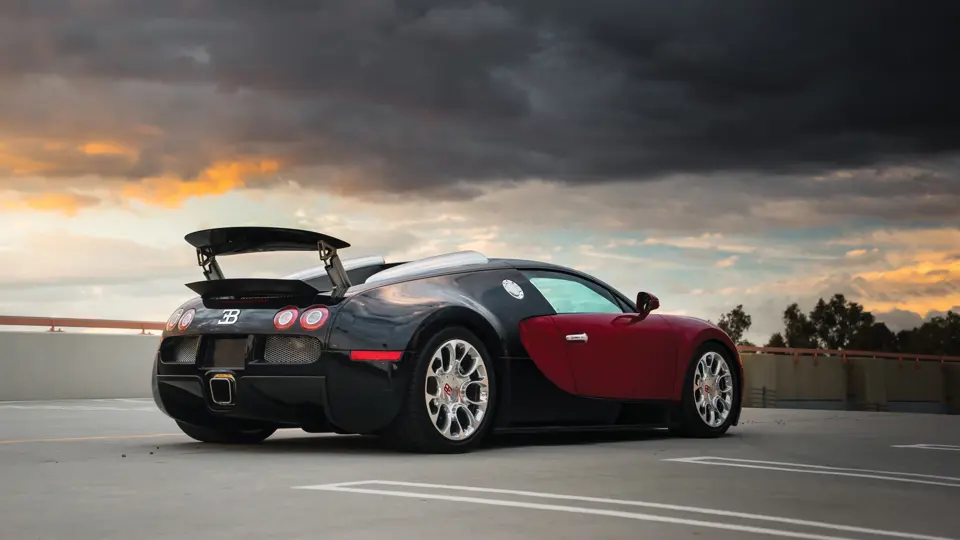



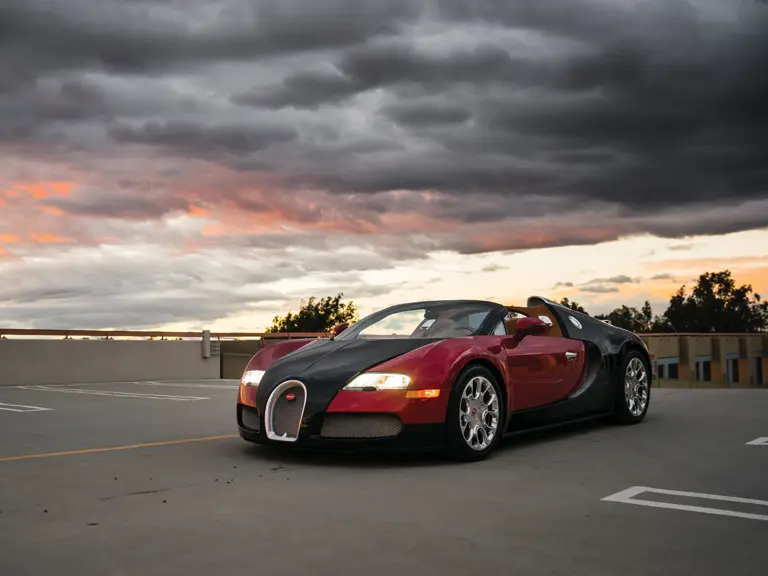
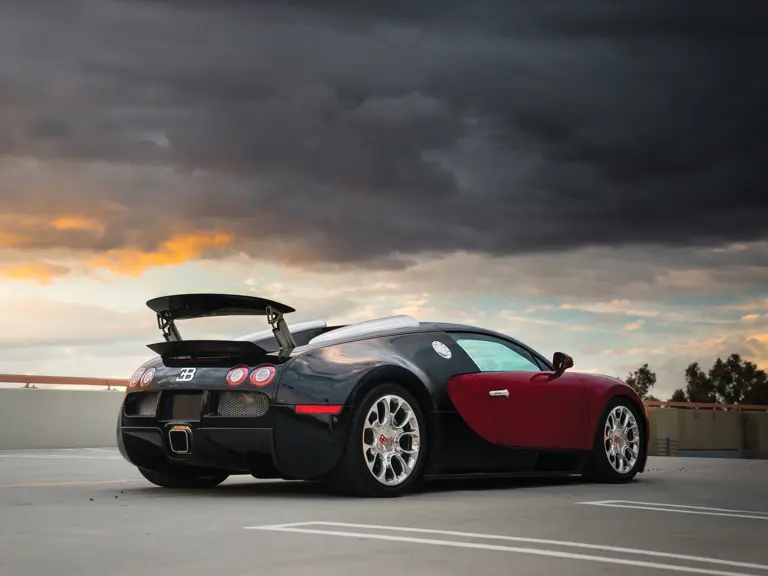
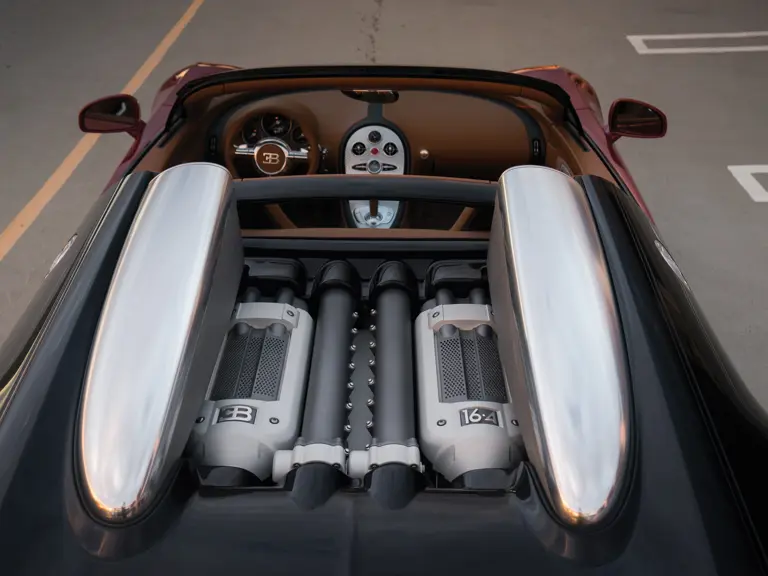
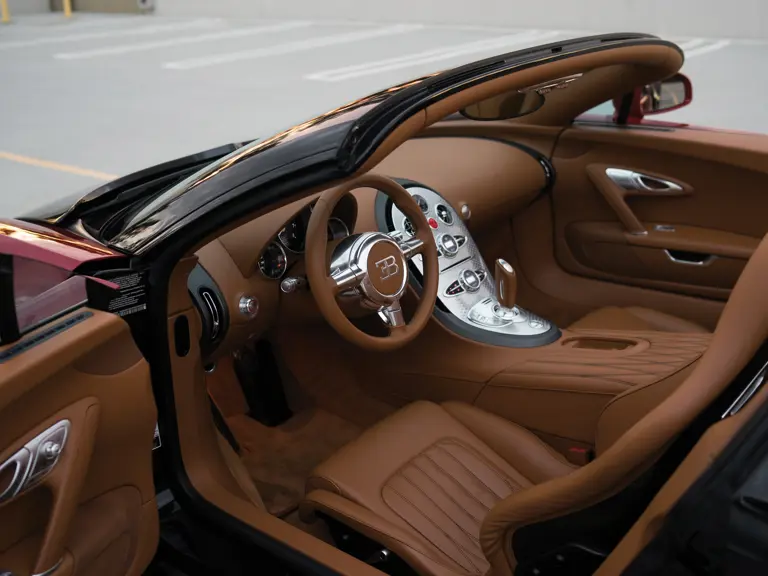

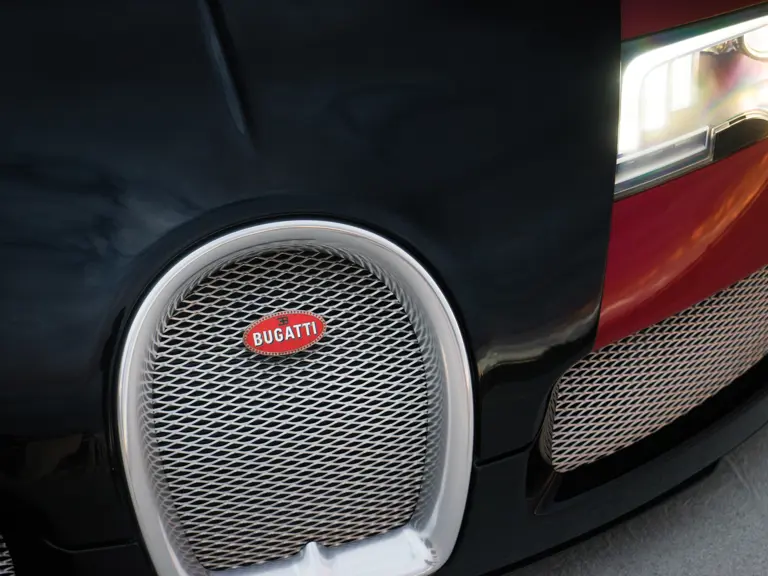
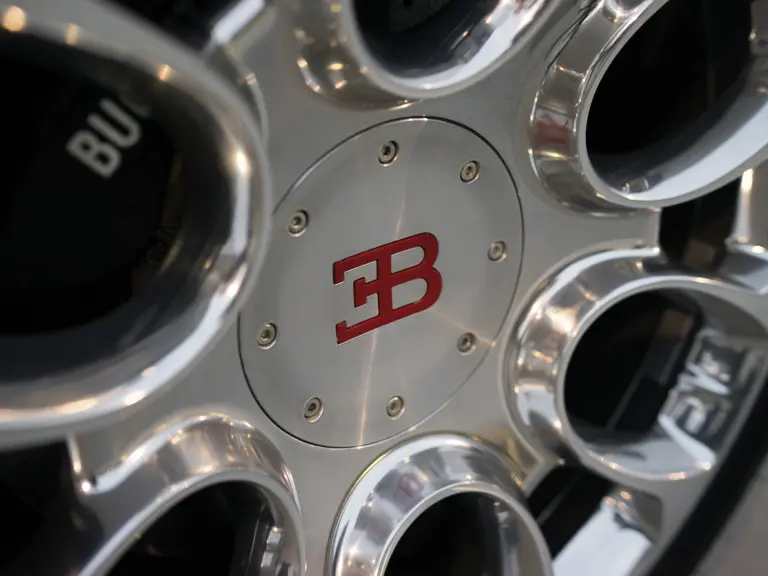
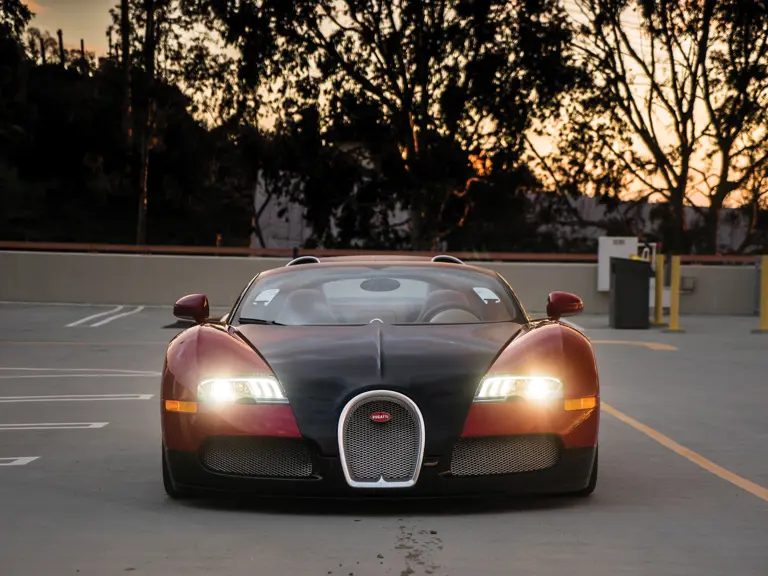
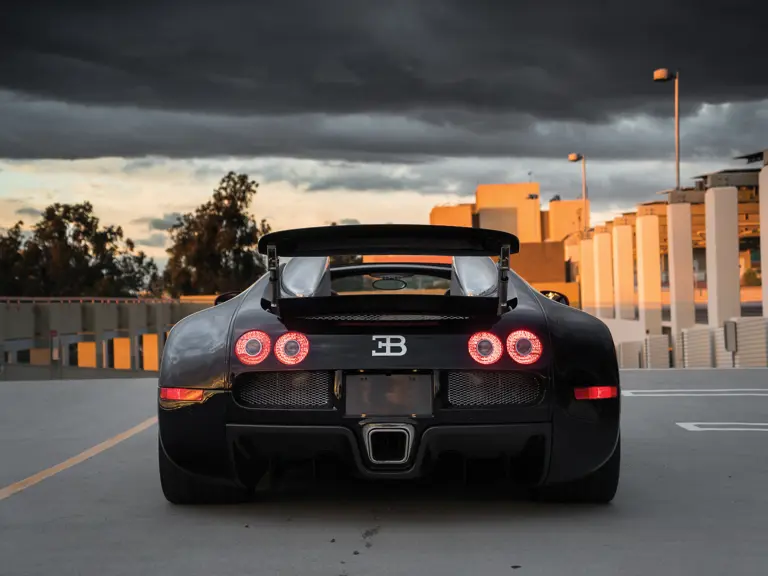
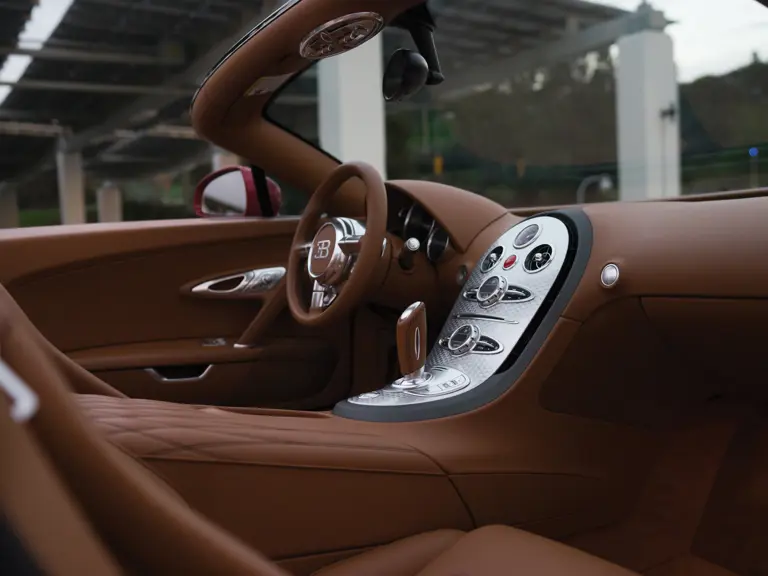

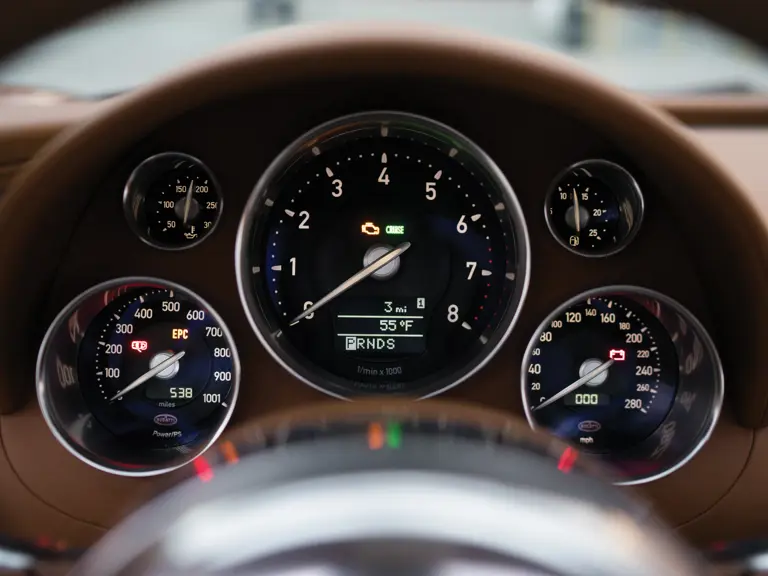

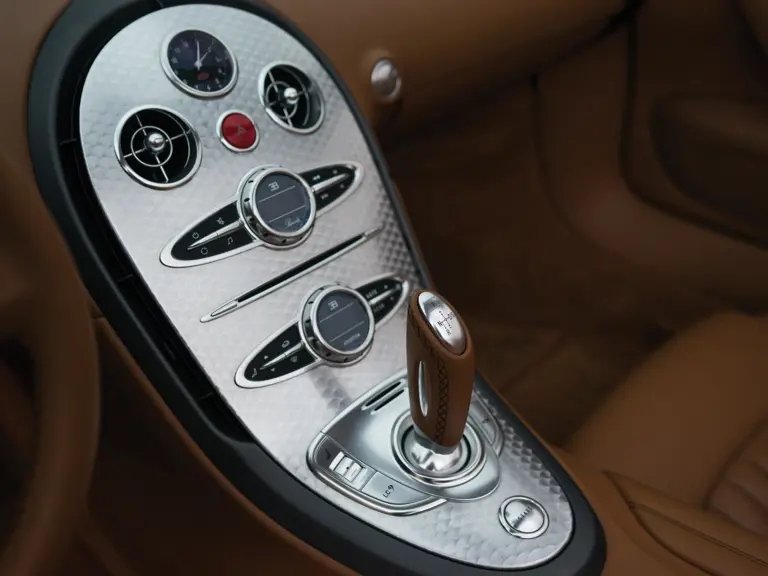


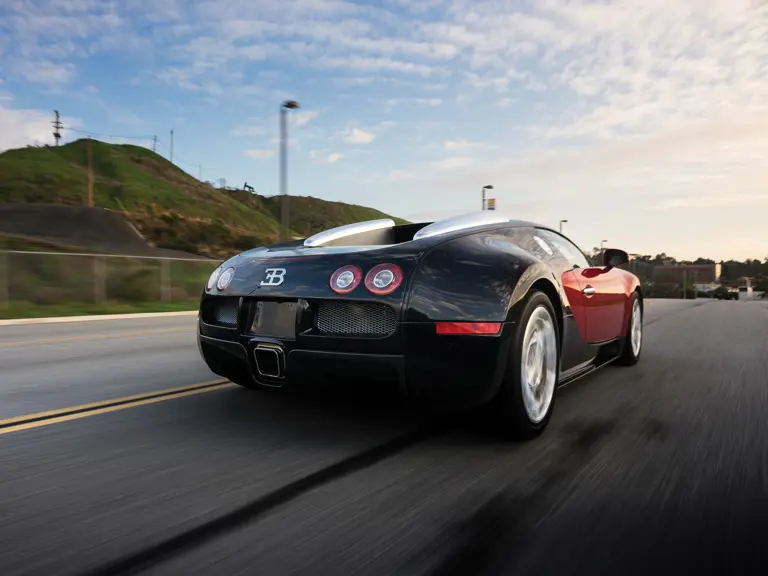
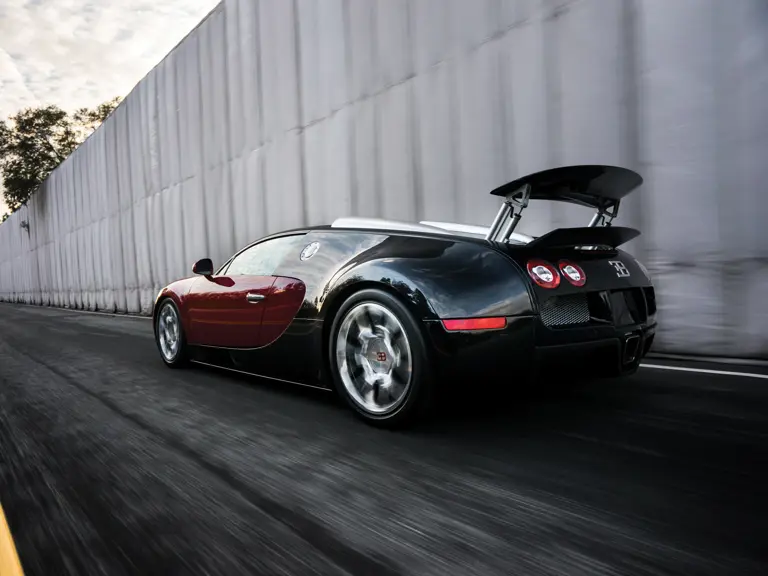
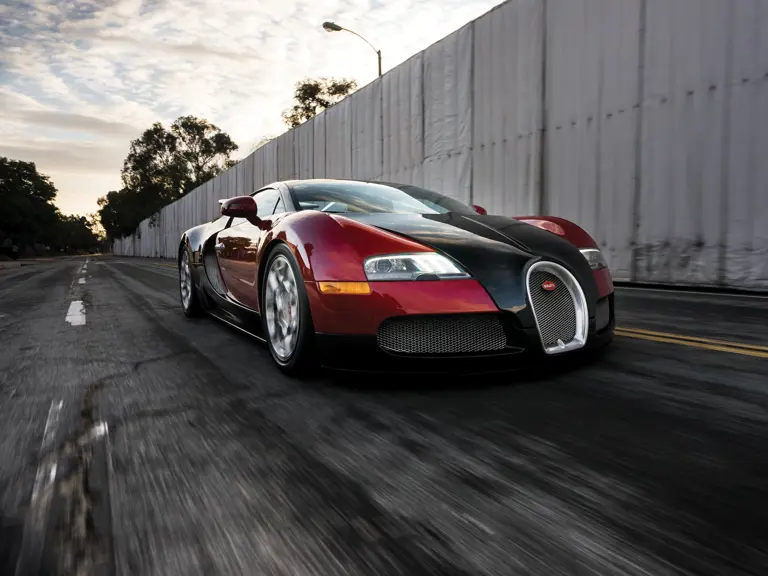





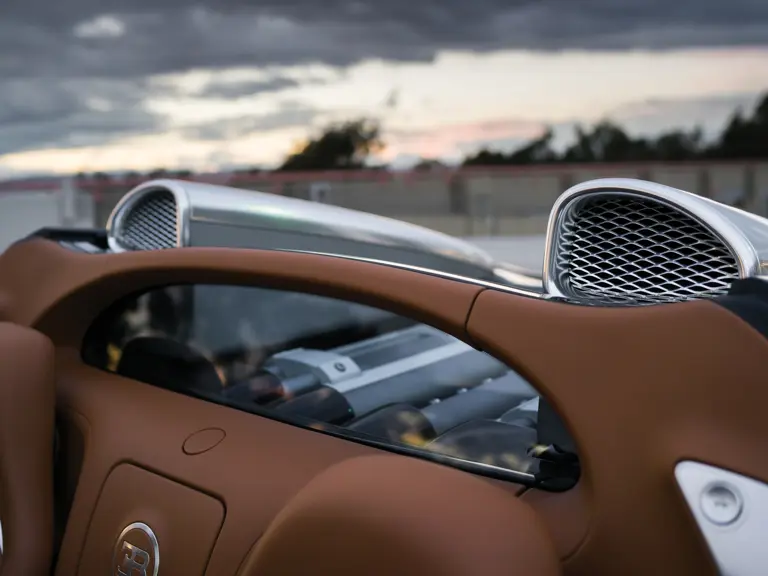


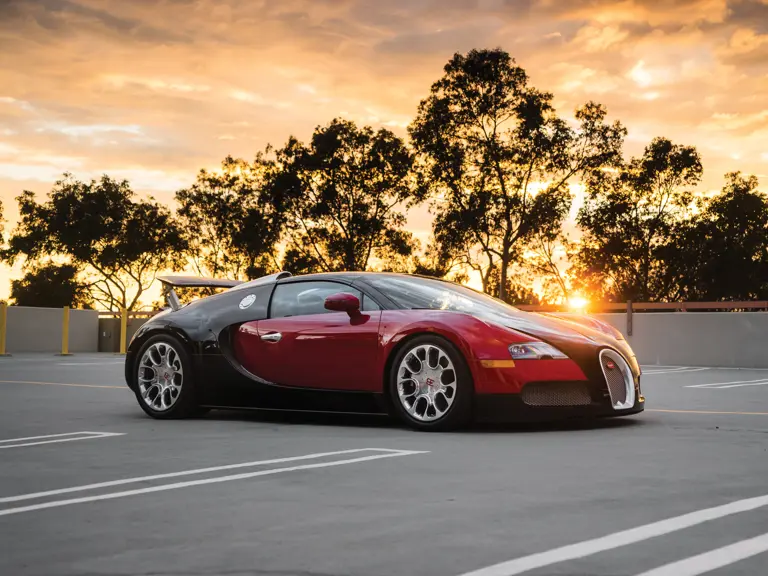
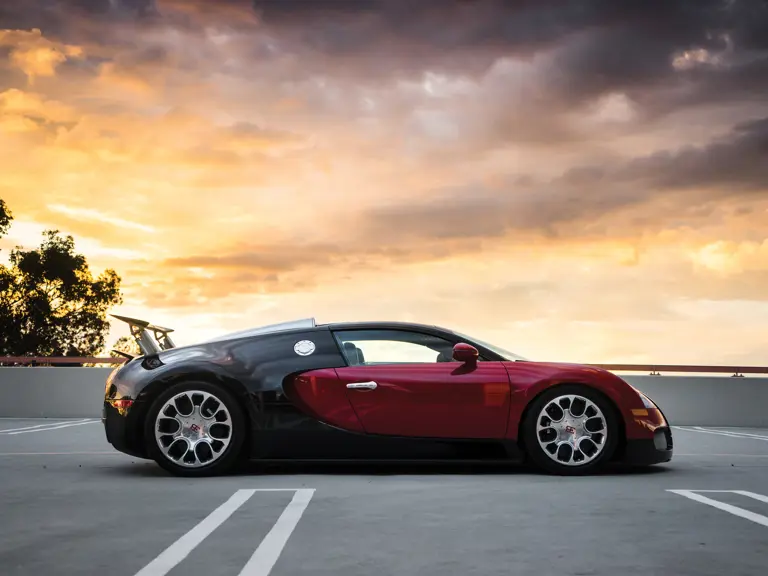


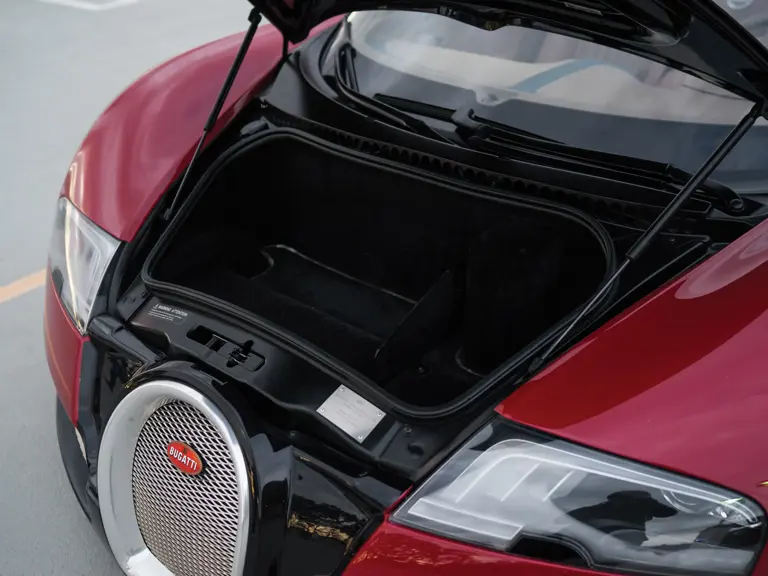

 | Amelia Island, Florida
| Amelia Island, Florida
